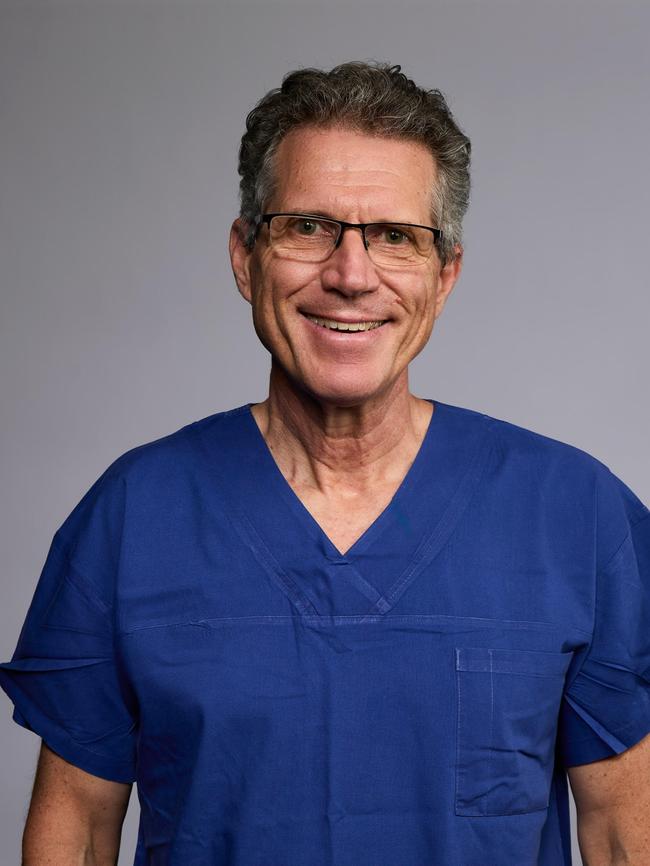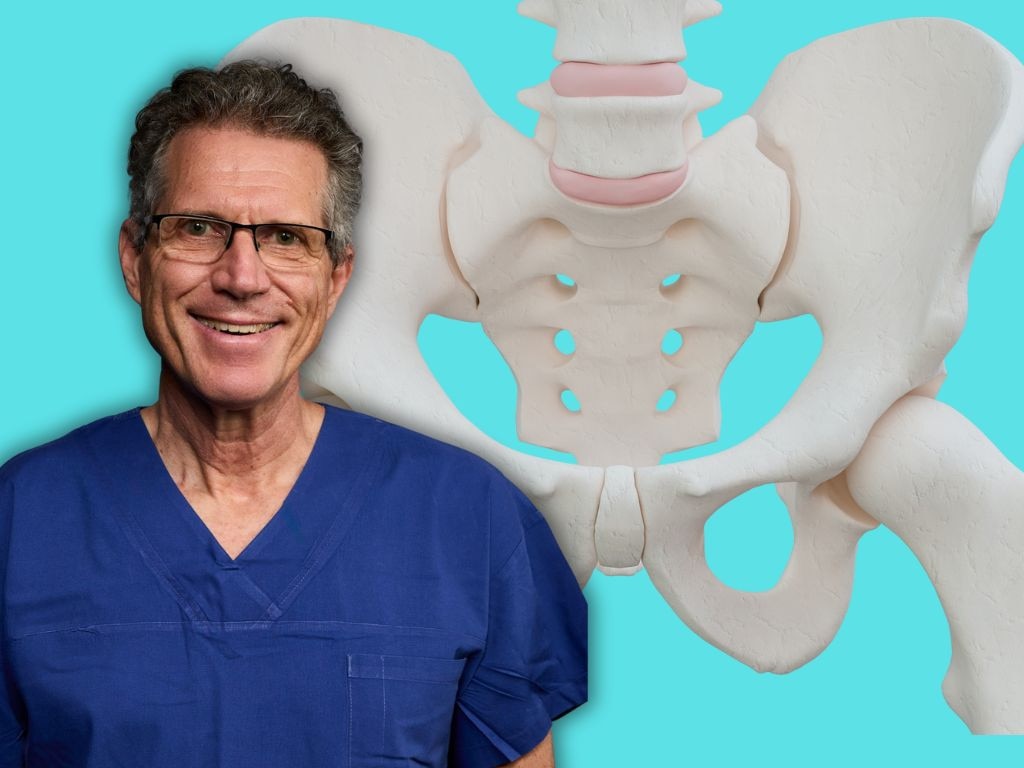Specialists throw light on the private contracts dictating care
Specialist doctors want more transparency over how contracts between health funds and private hospitals are overriding their choices for care, while patients are in the dark.

Specialist surgeons and anaethesists have attacked the “secret” funding contracts between private health funds and private hospitals, claiming they are interfering with patient care.
They say the commercial-in-confidence contracts dictate clinical care without patients’ knowledge, and should be examined by the federal government.
The call for more transparency comes from the Council of Procedural Specialists, a body whose seven member associations represent about 800 orthopaedic surgeons, interventional radiologists, ophthalmologists, oral and maxillofacial surgeons, vascular surgeons, surgical assistants and anaesthetists.
The council’s intervention follows a report in The Australian detailing claims by leading orthopaedic surgeon Michael Solomon that patients are the “pawns” in a battle between private hospitals and the funds.
Dr Solomon argues the funds interfere in the doctor-patient relationship by encouraging doctors not to refer patients to inpatient rehabilitation after hip and knee replacements in a bid to cut their costs.
Some funding contracts stipulate the percentage of patients that can be referred on to inpatient rehabilitation beds and penalise the hospitals financially if the level is exceeded.
The council’s chair, Professor David Scott, and its chief executive, Mr Stephen Milgate, said in a statement: “Many Australians who buy private health insurance which includes rehabilitation cover are not aware that access to rehabilitation is governed by confidential contractual arrangements between health funds and private hospitals”.
They said the health funds pressured hospitals, which in turn pressured doctors to make clinical decisions that aligned with the contractual arrangements.
“In summary, health fund A and private hospital B agree what’s best for patient C without C’s knowledge, despite the fact that C is paying the premium,” they said. “Meanwhile doctor D is expected to treat patient C according to the agreement reached by A and B.
“Such pressure intrudes into the doctor’s independent clinical decision-making, with the doctor being treated as a private health insurance or hospital budget-holder.
“As government confronts the challenges of declining private hospital viability, a good starting point will be a complete re-examination of the secret contract system in private healthcare.”


Dr Rachel David, the chief executive of the peak body for the funds, Private Healthcare Australia, denied that the funds were intervening in the doctor-patient relationship and said that “in a competitive private market, commercial contracts are always confidential”.
The contract system, under which the funds negotiate with individual private hospitals or hospital groups to cover the costs of theatre, and acute and rehabilitation beds, is under the spotlight as private hospitals warn their viability is threatened because of rising costs.
Federal Health Minister Mark Butler had warned the funds would need to pay more, and asked the government’s Private Health CEO Forum, set up to look at private hospital finances, to consider the issue. He asked the forum to look at ways to make contract negotiations fairer, specifically by looking at the “default benefits” system. That system guarantees a level of funding for hospitals which don’t have contracts with the funds. The level is about 85 per cent of the money the funds pay on average to contracted hospitals.
Another option looked at in recent months would involve the introduction of a ‘‘national efficient price’’ as a baseline for the funding supplied by the health funds. This concept is already used by the US to set funding in public hospitals and could potentially replace the individual private sector contracts negotiated with the health funds.
The contract system was introduced 30 years ago to replace a set daily bed rate and was designed to put pressure on private hospitals to improve efficiency, with the funds forcing change through funding. The model, introduced by then Labor health minister, Dr Carmen Lawrence, in 1995, was influenced by the “managed competition” approach to insurance in the US.

The contracts vary but generally set maximum nights in acute or rehabilitation beds after which hospitals have to manage the costs of any extended care. Some contracts also include penalty clauses if too many patients are referred to inpatient rehabilitation after joint replacement surgery. For example, a fund could dictate that only 30 per cent of patients should go to inpatient rehabilitation. Doctors, like Dr Solomon, who has an extensive practice centred on three major Sydney hospitals, argue that the funds are applying pressure on surgeons, via the hospitals, to limit referrals. But they say that because joint replacement procedures are covered by the top tier of insurance, patients are covered for inpatient rehabilitation – and expect to access this.
Dr Solomon argues that the funds need to offer the option of cheaper insurance that does not include inpatient rehabilitation.
Dr David said the federal government determined the procedures and treatments covered by health funds, and any cheaper product must be agreed by the government.
“If you are planning surgery and you and your doctor are not happy with the rehabilitation options you have, you can switch to another health fund with no waiting period, so long as you switch to an equivalent tier of cover,” she said.
“The federal government has set up a process to examine a range of short and long-term reforms for the private health system.
“Health funds are working with the government and other stakeholders as part of this process.”
The members of the Council of Procedural Specialists are the Australian Society of Orthopaedic Surgeons; the Interventional Radiology Society of Australasia; the Australian Society of Ophthalmologists; the Australian and New Zealand Association of Oral and Maxillofacial Surgeons; the Australian and New Zealand Society for Vascular Surgery; the Medical Surgical Assistants Society of Australia; and the Australian Society of Anaesthetists.





To join the conversation, please log in. Don't have an account? Register
Join the conversation, you are commenting as Logout